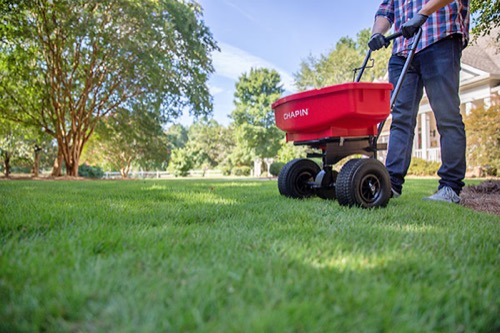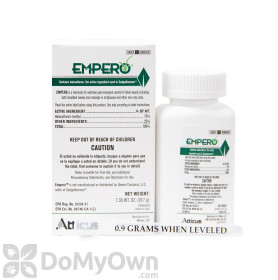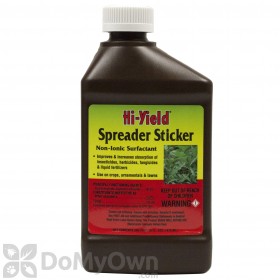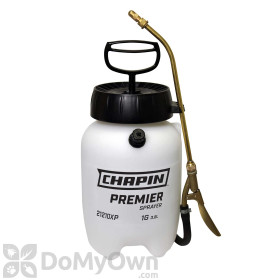
Nutsedge, also known as nut grass, is a weed that can be difficult to control because it has such an extensive root system. The root tubers, known as nutlets, can remain active in soil for years unless they are removed or treated.
It is possible to control nutsedge in your lawn with the proper products and timing. Read below to learn how.
Use a Post-Emergent Herbicide with Surfactants
Post-emergent herbicides are weed killers intended to be used after a weed has bloomed (or after it has emerged, as the name implies). A post-emergent herbicide labeled for nutsedge will target the nutsedge that grows in your lawn during the summer.
Select a Post-Emergent Herbicide
Choose a post-emergent herbicide labeled for the type of nutsedge you have. This could be yellow nutsedge, purple nutsedge, or both. Some post-emergent herbicides are only labeled for one type of nutsedge and not the other and some are labeled for both. Check the product label to be certain.
Also, make sure the post-emergent herbicide you select is compatible with the type of grass you have. Some post-emergents can be used on a wide variety of grasses while others can only be used on a few specific types of grasses. Consult the product label to ensure the product will be compatible with your lawn.
Some post-emergent herbicides will only target the seed head of nutsedge and not the nutlets and rhizomes (nutsedge roots). Dismiss will target the entire weed, both above and below the soil.
Read the product label carefully to be sure the product will not damage your grass or other plants in your yard.
Products needed for Step 1A
Select a Surfactant
Add a surfactant to your chosen post-emergent herbicide. Surfactants help post-emergent herbicides stick to the waxy leaves of nutsedge, allowing the active ingredients of the herbicide to better penetrate the weed.
Some post-emergent herbicides already include a surfactant. And some post-emergents explicitly state on their label not to use a surfactant. Read the label of your chosen post-emergent herbicide to see if a surfactant is needed.
Products needed for Step 1B
Treat Your Lawn
Combine your post-emergent herbicide and surfactant in a hand-pump sprayer, using the product labels to determine the amount of water-to-product needed. Be sure to wear protective gloves, long-sleeves, and closed-toe shoes when mixing and spraying the herbicide.
In order for your treatment to reach its maximum potential and to give it time to reach the tubers and rhizomes of the nutsedge weed, do not mow your lawn before application. Wait a few days after your application to mow the grass.
It takes some time for the herbicide to penetrate and kill the nutsedge, meaning it may take one to three weeks to see results after your treatment. Wait at least four weeks after application to determine if you need to re-treat.
Products needed for Step 1C
Re-Treat Throughout the Summer

One post-emergent herbicide application may not be enough to kill all of the nutsedge in your lawn. If the nutsedge tubers are not killed, the weed will return the following season.
Consult the label of your post-emergent herbicide to determine how often you can re-treat your lawn. Continued treatment will increase the chance of the herbicide reaching the weed tubers and the weed not returning the next season.



















